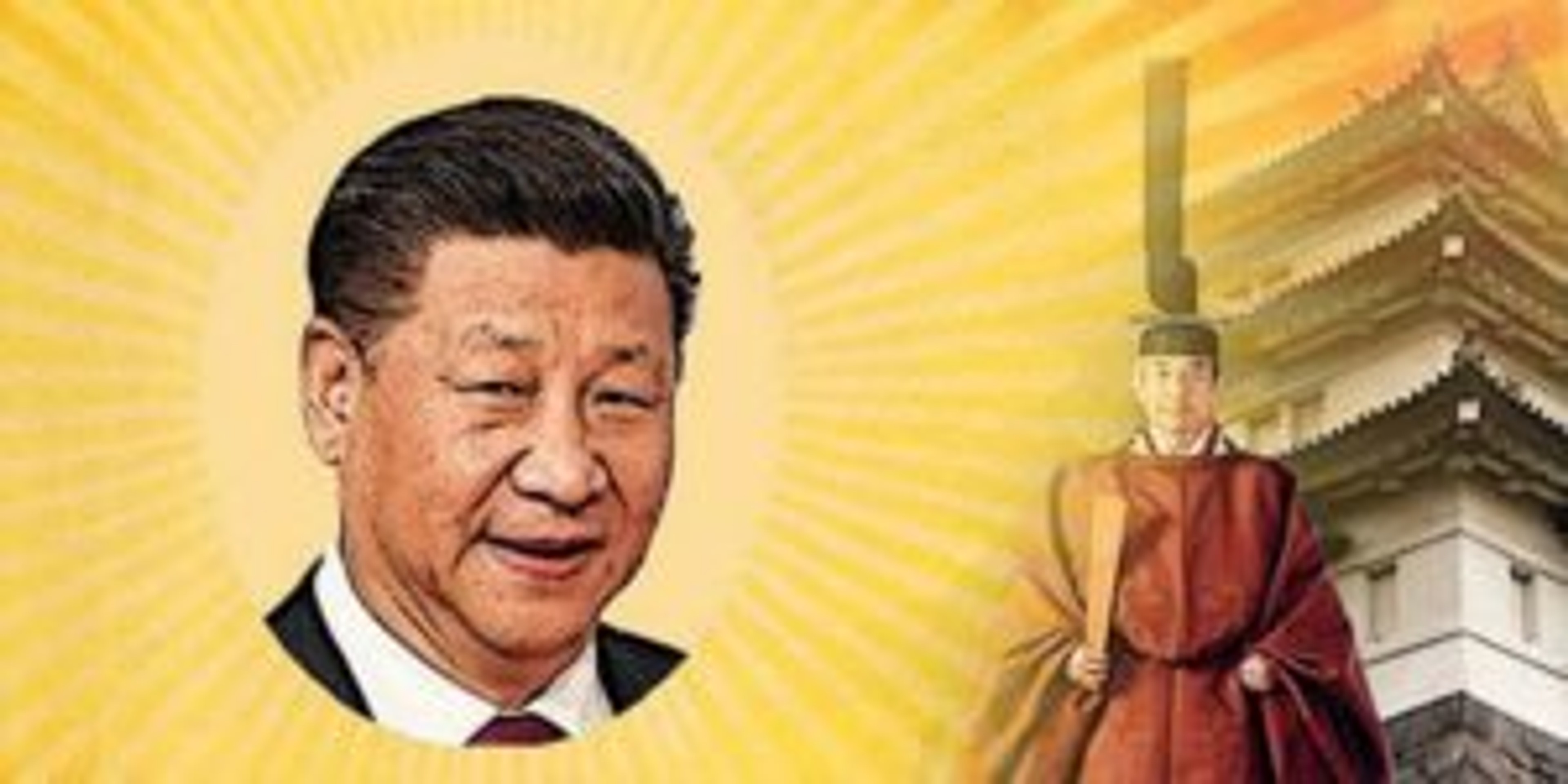Weekend Roundup: As Japan’s Emperor Abdicates, China’s Red Emperor Goes Global
Two major events are taking place in Asia that register yet another decisive turn in the shifting global order. The changing face of Asia is changing the world.

This week, Chinese President Xi Jinping enlisted representatives from 150 countries to attend the second Belt and Road Forum on International Cooperation in Beijing to showcase his rollout of the revived Silk Road that was the signature of China’s ancient heyday when robust trading routes linked the Middle Kingdom to Rome and beyond. And for the first time in two centuries, on April 30, a Japanese emperor will abdicate before death dethrones him.
As Pico Iyer writes in The WorldPost from Nara, Japan, “The era marked by the coming emperor will be called ‘Reiwa,’ which roughly translates to ‘joyful harmony.’ It will bring to an end the Heisei period, or time of ‘achieving peace,’ which was distinguished by almost 30 years of recession and a dramatic fall from global power.” While the enthronement of a new emperor symbolizes the unbroken “constancy” of Japanese civilization going back 2,000 years, Iyer can’t help but quip under present circumstances that this is a “nice word” for stagnation.
As the global presence of the West’s principal outpost in the East fades, China is taking up the slack on steroids, staking out a dominant role in the next phase of globalization.
“In terms of purchasing power parity,” Chinese strategist Zheng Bijian notes, “the size of developed economies as a whole versus that of the developing economies as a whole was at a ratio of 64:36 in 1980 and 50:50 in 2007.” By 2018, according to Zheng, the ratio reversed to 41:59, “tipping the scales toward the developing world.”
“If this trend can be sustained,” he argues, “it means that the global economy as a whole, driven by the developing world, will continue to gather new momentum for growth in the second, third and fourth decades of this century. The more rapid growth in the developing economies will in turn stimulate renewed growth in the developed world by becoming an even larger market for its goods and services. The new phase of globalization will thus be a reverse from the past in which the developed world was the growth engine.”
China’s Belt and Road plan seeks to exploit this historic shift, an emergent reality that is not lost on those who see the writing on the wall and want a piece of the pie as their fortunes founder. That includes Marco Polo’s descendants in contemporary Rome. Over shrill objections from its European Union partners, Italy last month became the first G-7 nation to join China’s Belt and Road project in the hopes of reviving its own historic ports of Trieste and Genoa. In this Italy followed 16 Eastern European nations and Greece in signing up for projects under Chinese auspices.
The Italians have rightly pointed out the hypocrisy of their critics. On the same trip to Europe as his signing ceremony in Rome, Xi announced the purchase of 300 Airbus planes when he visited Paris, even as French President Emmanuel Macron said “the time of European naiveté” about China’s power “is over.” As a Financial Times analysis showed, over the last 10 years China’s investment in Germany was eight times more than in Italy, and Germany exports seven times as much to China as Italy does. And every week, around 30 Chinese trains loaded with freight arrive in the German inland port of Duisburg, China’s main rail terminus in Europe.
Macron is right that the West should not be naïve about China’s ambitions and self-interest. And there are surely genuine concerns about the influence of the Chinese state over Huawei’s 5G technologies that will be a key component of many global networks. Here, the wary West would be wise to build high fences around small gardens to ensure security, as both Great Britain and Germany are doing, instead of banning any interface outright.
But the best way to make sure China’s Belt and Road project conforms to standards of transparency and debt sustainability is to join it. This has been the case with the China-led Asian Infrastructure Investment Bank, of which Sweden, France, Germany and numerous other European countries are members. Thanks to their presence, the AIIB has lived up to the “lean, clean and green” standards it has advertised.
The turnaround of China’s railway investment in Malaysia shows how the Belt and Road authorities will amend their ways if there is pushback. In recent weeks,Prime Minister Mahathir Mohamad renegotiated “a more equitable” agreement which shaved billions off the original agreement negotiated by his corrupt predecessor while getting the project back on track.
To the extent Zheng Bijian is correct that China-style infrastructure-led growth will further rapid economic expansion in the developing world, a cooperative approach between West and East could make a historic difference. Aside from creating more trade opportunities, it would ease the pressures of immigration on Europe, which sits astride a youthful population in Africa that the United Nations estimates will grow to more than four billion people by 2100.
As former President Bill Clinton put it to me when we discussed this issue, “the Chinese are able to aggregate more walking-around capital than the West does right now. So it is fine for them to build infrastructure. But you’ve still got to have healthy, educated, creative people with access to the means of upward mobility and good governance to maximize the impact of infrastructure.” One win-win way forward, he argues, would be joint efforts in Africa in which Western institutions and civil society organizations invest in health care and education systems to complement China’s investment in hard infrastructure.
Rather than blanket resistance to China’s initiative reminiscent of the Soviet Union’s rejection of any participation in America’s post-World War II Marshall Plan, the West should exert its influence from the inside — while it still has it.